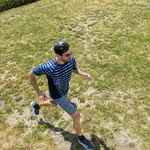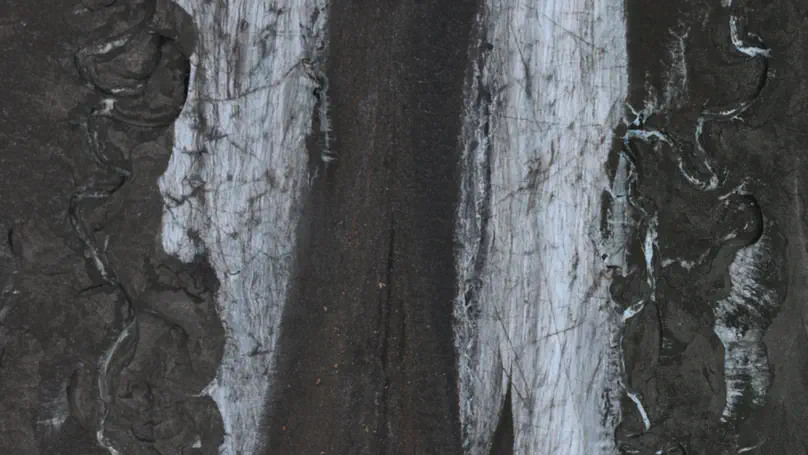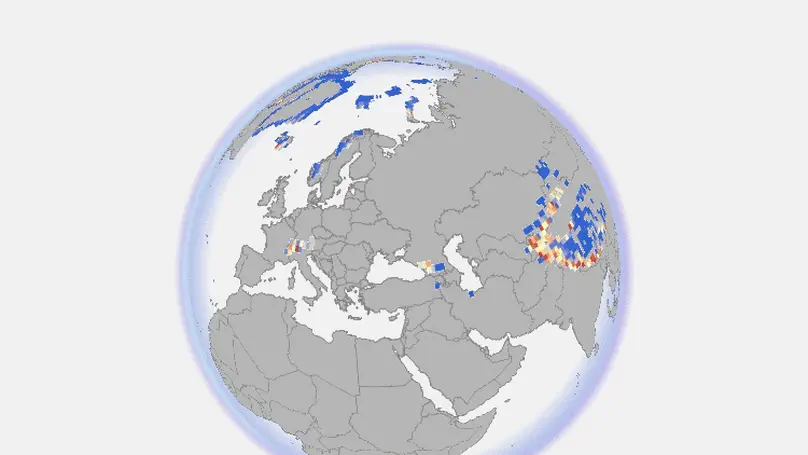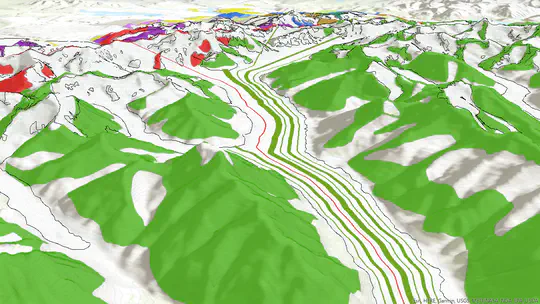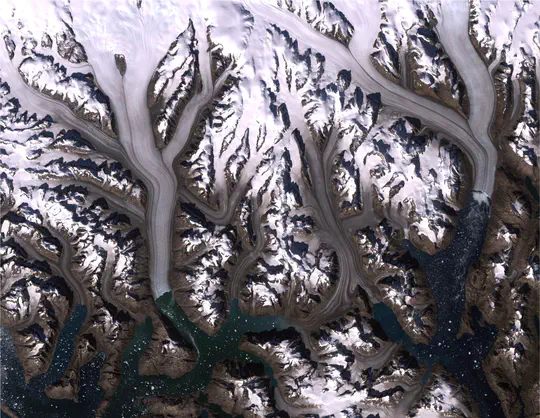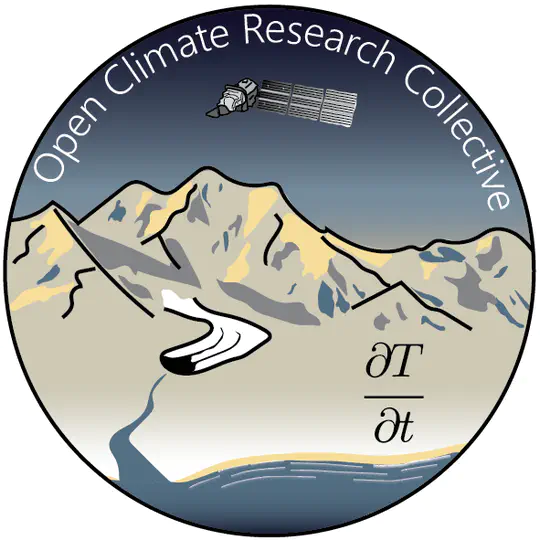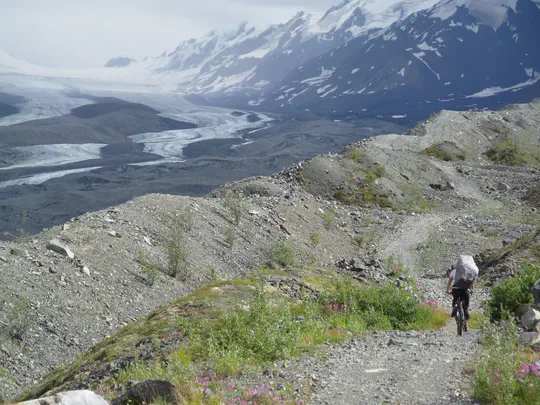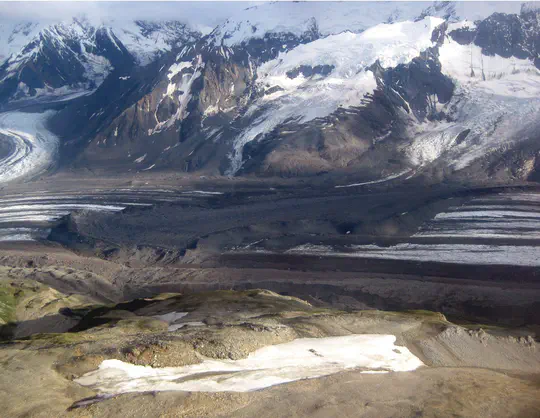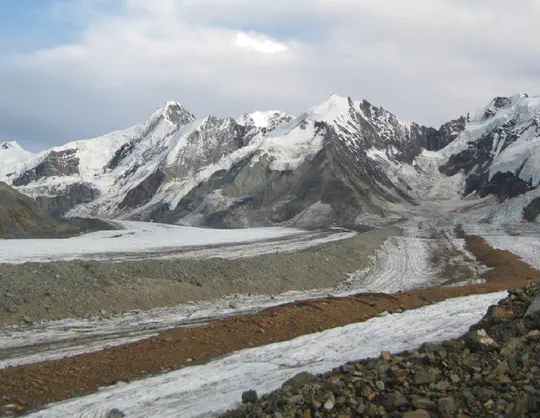Sam Herreid
שְׁמוּאֵל חֲרֵד
Biography
I am an Alaska-raised, California-based geoscientist actively working on a diverse set of climate-focused projects:
I work on ice sheet dynamics in Antarctica as a postdoc in Eric Rignot’s Research Group at the University of California Irvine
In 2024 I co-founded Rubicon Exploration, a Paris-based startup working on developing naturally occuring hydrogen as a carbon-free energy source
I am co-founder of Open Climate Research Collective (OCRC) a New Jersey based 501(c)(3) focused on using immersive tech for science communication and gamifying education
I am self-financing an Alaska Range glacier research project developing a numerical model to predict how glaciers will look several hundreds of years into the future
Probably my best scientific achievement so far is turning a research question I had at age 20 into a PhD and publishing it in Nature Geoscience. A close second is self-financing a research article about a glacier in the Alaska Range on tip money from pouring latte art at a cafe on the Jersey Shore during the pandemic.
Outside of academics, I study Gemara. And play music. I play piano and drums, sometimes at the same time, and sometimes for an audience. I also run a lot. I occupy that grey area of running where I can casually qualify for Boston but I’m light-years away from qualifying for the Olympic trials. My preference is to run very long distances on trails, but working on this ambitious list of science projects and השכמת בית המדרש שחרית וערבית doesn’t leave too much time to play. As a concession, I like to run ultra distances from my front door down the middle of highways through the night. An Alaskan trapped in an urban environment. I make the best of it. Which is sometimes funny. And I sometimes write comedy articles about it. Links below.
PhD in Glaciology, 2019
Northumbria University
BSc in Geology, 2014
University of Alaska Fairbanks
Events
Music
Running
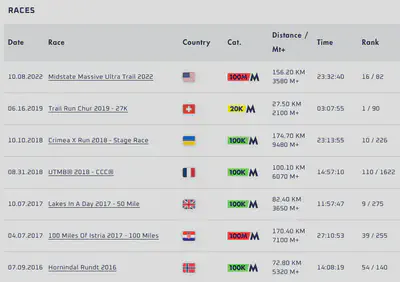
2024/2025 race schedule
July 4, 2024 – Irvine 4th of July 5k (6th OA in 17:13)
November 28, 2024 - R2R2R, Grand Canyon 10h40m
December 15, 2024 – Dirty December Trail Run 6HR hill climb in San Diego, CA (tie for 1st and CR with Tyler)
September 4th 2025 – Ultra Tral Du Monte Rosa (UTMR) 170k on trails in Switzerland and Italy (confirmed entry)
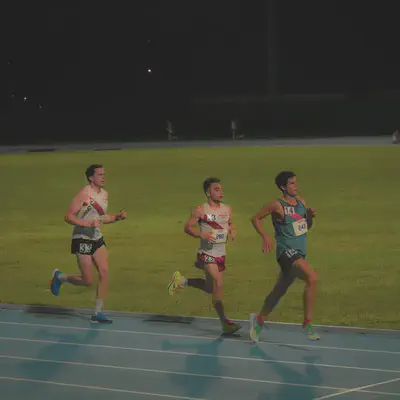
Photo: Henwood’s Hounds. Ichan Stadium, July 13, 2023
Publications
Projects

Experience
Responsibilities include:
- Software development for NISAR
- Deriving velocities and grounding lines for Antarctica
Responsibilities include:
- Providing scientific and technological direction
- Startup fundraising
- Software development for geologic hydrogen exploration
Responsibilities include:
- Business planning
- Fundraising / public speaking
- VR development
- Scientifc direction
Responsibilities included:
- Software development for geologic hydrogen exploration
- Machine learning for geophysical applications
Responsibilities included:
- Global scale glacier analysis
- Proposal writing
Contact
- samherreid@gmail.com
- Irvine, California
